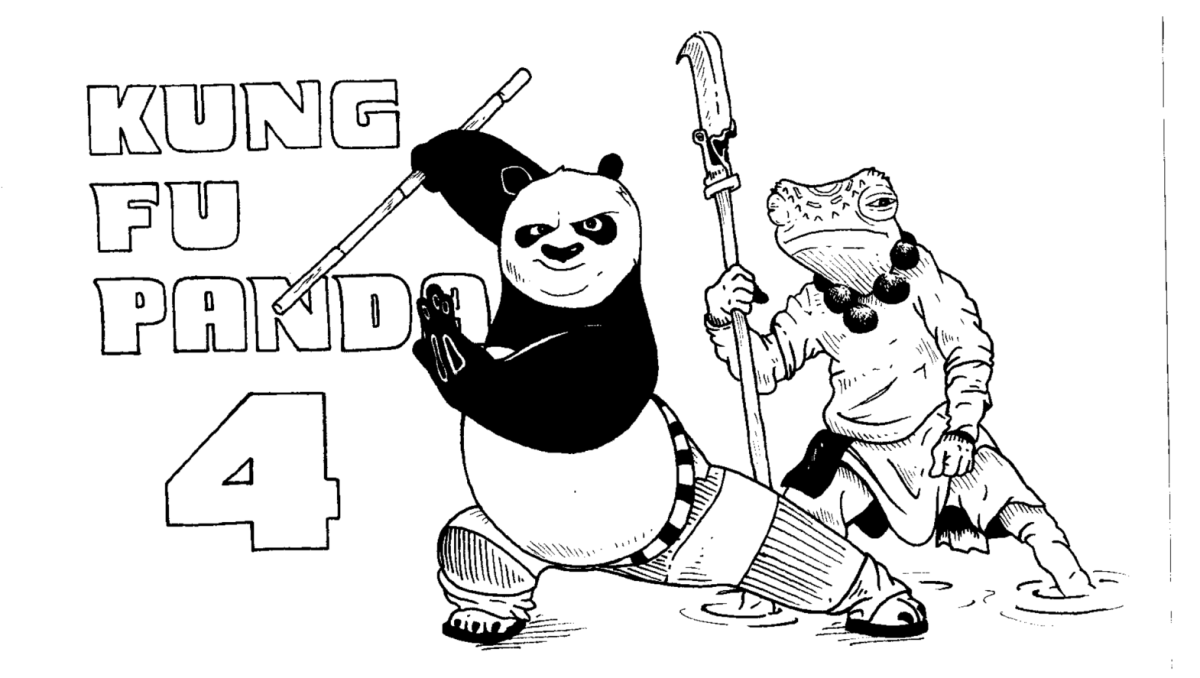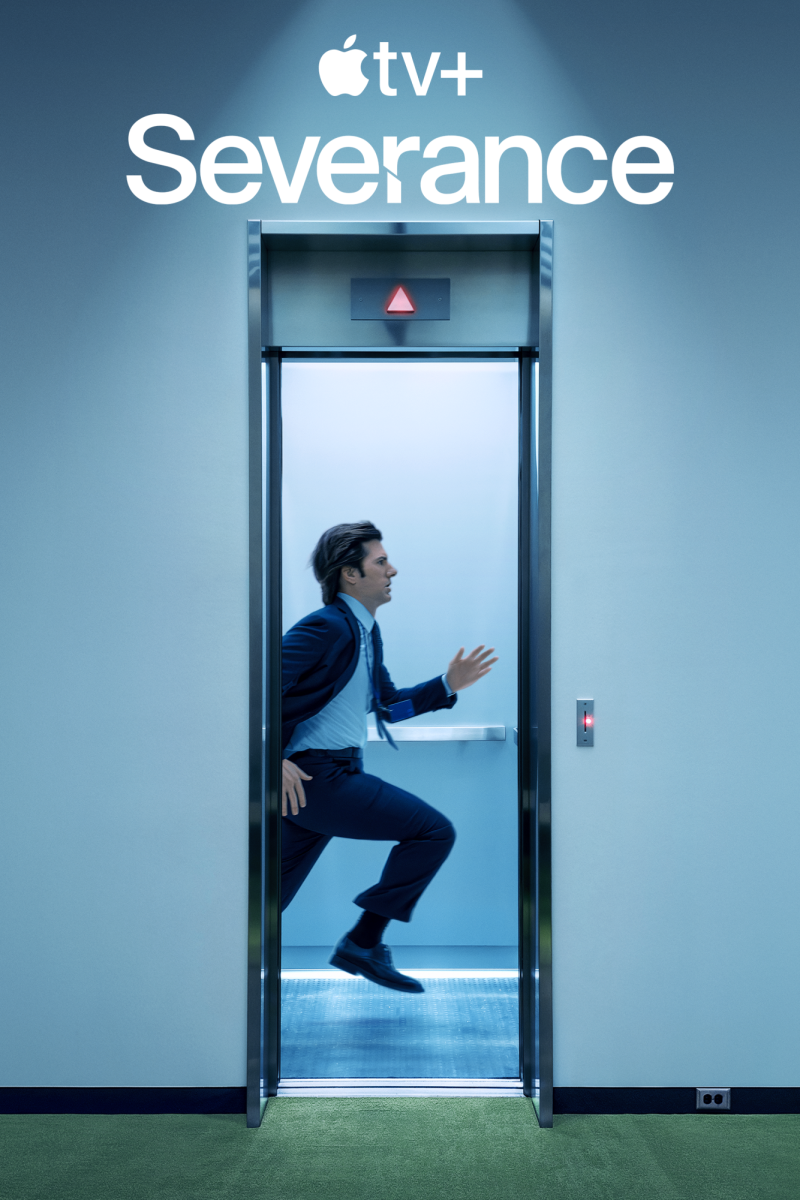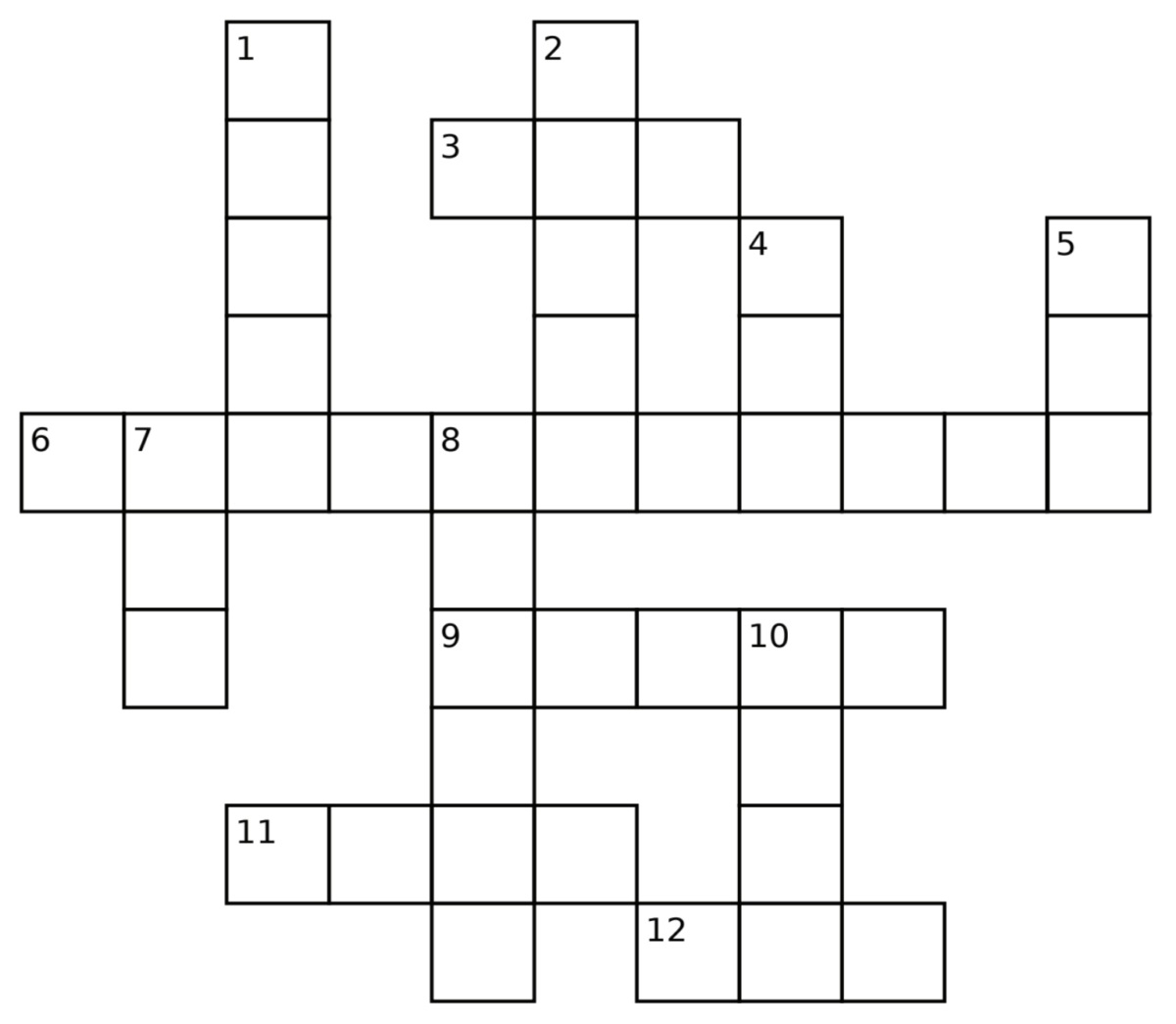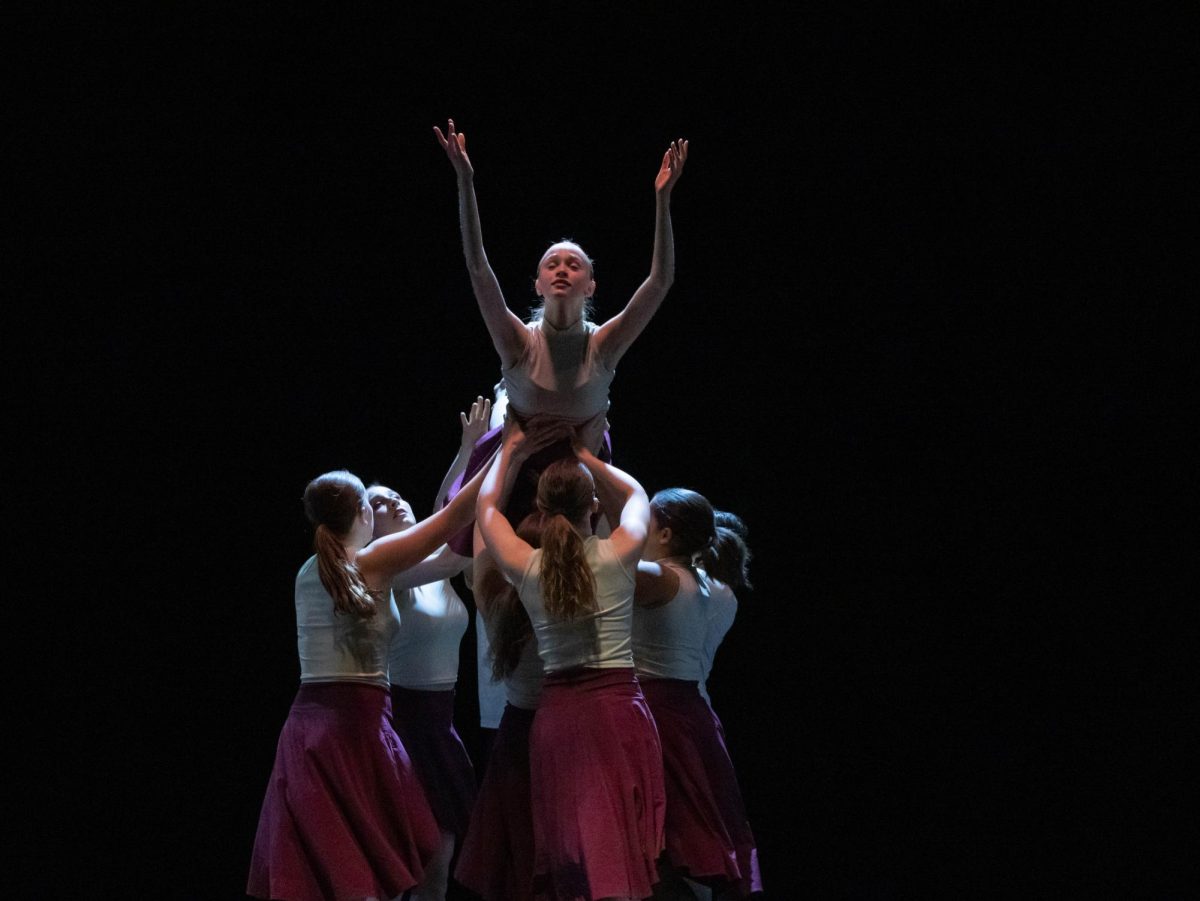On March 8th, 2024, movie theaters everywhere welcomed “Kung Fu Panda 4.” Directed by Mike Mitchell and co-directed by Stephanie Stine, our panda protagonist, Po, voiced by Jack Black returned. Other characters also made a grand return such as Mr. Ping, Po’s adoptive father, who is voiced by James Hong and Tai Lung, the original villain of “Kung Fu Panda” (2008), voiced by Ian McShane. Unfortunately, the famous ‘Furious Five’ (Tigress, Mantis, Viper, Monkey, and Crane) make only a brief appearance in the movie.
It’s been eight years since the last movie in the franchise, “Kung Fu Panda 3,” came out on January 29th, 2016. Meanwhile, it’s only been two years since DreamWorks Animation confirmed “Kung Fu Panda 4” was in production.
In 2010, Jeffery Katzenburg, DreamWorks Animation’s former CEO, promised that there would be a total of six Kung Fu Panda movies. However, when NBCUniversal bought DreamWorks Animation in 2016 (the same year “Kung Fu Panda 3” was released) Katzenburg stepped down as CEO, and fans were left wondering what the future of the franchise was to be.
When asked about the possibility of a Kung Fu Panda 5, director Mike Mitchell said, “It’s very possible … I don’t think anyone will ever get tired of seeing Jack Black as this panda. I mean, he just is this panda.”
It’s true that Jack Black “just is this panda.” One could also say the same about his fellow voice actors. Awkwafina, who voices Zhen, a new fox character, swept me away with her excellent acting. She nails both Zhen’s cheekiness and more emotional moments. Her acting makes Zhen’s interpersonal conflicts that much more realistic and nuanced. I also extremely enjoyed James Hong’s voice acting as Mr. Ping. He’s perfected Mr. Ping’s earnest yet slightly overbearing manner, especially when it comes to interacting with Po.
“Kung Fu Panda 4” starts with the grand opening of Mr. Ping’s new noodle shop and Po content and famous in his role as the Dragon Warrior. However, Po’s mentor, Master Shifu, sweeps Po away to demand that he choose a new successor to become the Dragon Warrior so Po can become the new spiritual leader of the Valley of Peace. Po balks at the transition, instead choosing to go on an adventure to defeat The Chameleon, an evil sorceress who took over a local mining community. He’s accompanied by Zhen, who promises to lead him to the sorceress.
More so than the previous Kung Fu Panda movies, “Kung Fu Panda 4” employs a heavy amount of slapstick humor. Personally, I did not enjoy this. The inherent inauthenticity of slapstick humor got in the way of the genuine emotions displayed by the characters. However, a humorous moment I did enjoy was near the end of the movie when Mr. Ping flippantly comments on Po making a mistake and then pats Po’s head.
Throughout the movie, Mr. Li and Mr. Ping, Po’s father and adopted father have a funny and cohesive relationship. Their personalities complement each other perfectly. Mr. Li is confident and humorous, while Mr. Ping is very anxious, except for his misplaced moments of bravery. The contrast allows for several hilarious moments in the movie, such as when, on their trip to follow Po, they have to fight their way out of a bar. Mr. Ping goes in very confident before realizing that he’s extremely out of his depth. That’s when Mr. Li sweeps in, disguised as Po, and saves Mr. Ping before promptly freaking out.
The Kung Fu Panda franchise has always been known for its support of non-stereotypical families. The first movie opens with Po, a giant panda, being the son of Mr. Ping, a small goose. That trend has continued in ”Kung Fu Panda 4.” If you’ve seen “Kung Fu Panda 3”, you know how Mr. Li, Po’s biological father, came to the Valley of Peace to meet Po. You’ll also know that Mr. Li and Mr. Ping originally got off to a rough start before bonding over their love of Po. Yet new audience members may view Mr. Li and Mr. Ping’s relationship in “Kung Fu Panda 4” as romantic. Regardless of the relationship status of Mr. Li and Mr. Ping, Po having two dads of different animal species is an important representation for kids with non-stereotypical families.
While the movies do defy certain stereotypes, some argue that they perpetuate others. The Kung Fu Panda franchise has long been a subject of debate in concern to its handling of Chinese culture. An academic paper published by Amity University titled “The Western Gaze in Animation; A Case Study of Kung Fu Panda” by Chenjun Wung, says, “[Mr. Ping] is depicted as being subordinate to Po in the narrative, Mr. Ping is a more traditional Chinese goose while Po is the exemplification of a modernized Panda.” In the movies Mr. Ping is characterized as being stereotypically ‘more Chinese’ than Po. One of the ways they do this is by giving Mr. Ping a traditional Chinese accent and giving Po an American accent. This dynamic is a perfect example of the stereotype in media of Chinese values and culture being made to seem inferior to American ones.
However, not everyone agrees with that perspective. Candice Lim, the co-host of ICYMI, a podcast about internet culture, said in the NPR podcast “Review: Kung Fu Panda 4” that, “I love this movie [Kung Fu Panda 4], OK? I have so much love for the “KFP” franchise … Most significantly, you know, there was something kind of revolutionary at the time about this film starring a panda who was culturally, visually Chinese yet speaks with an American accent. … this movie is very much a metaphor for my existence as someone who was raised culturally Chinese but sounded American.” Lim, who identifies as Chinese American, not only loves the Kung Fu Panda Franchise but also feels culturally represented by it.
So, should you go see “Kung Fu Panda 4”? That’s up to you. You may have to prepare yourself for that element of cultural appropriation, but the movie is genuinely enjoyable with complex characters that grow over the course of the story. The relationships between characters are nuanced and funny. In all, “Kung Fu Panda 4” is a stellar continuation of the Kung Fu Panda franchise.








